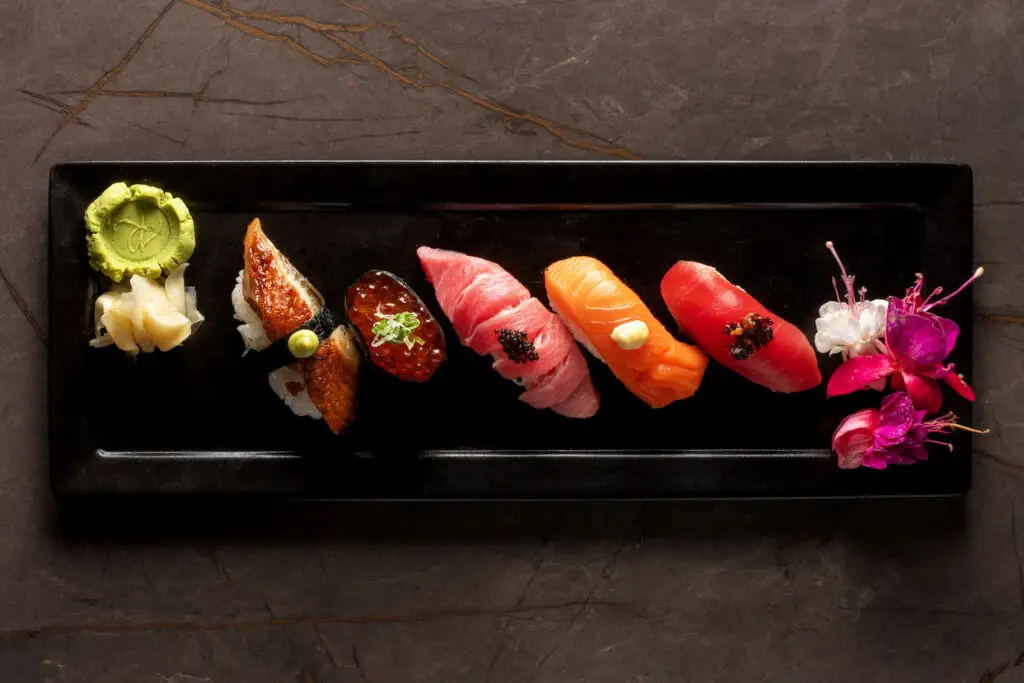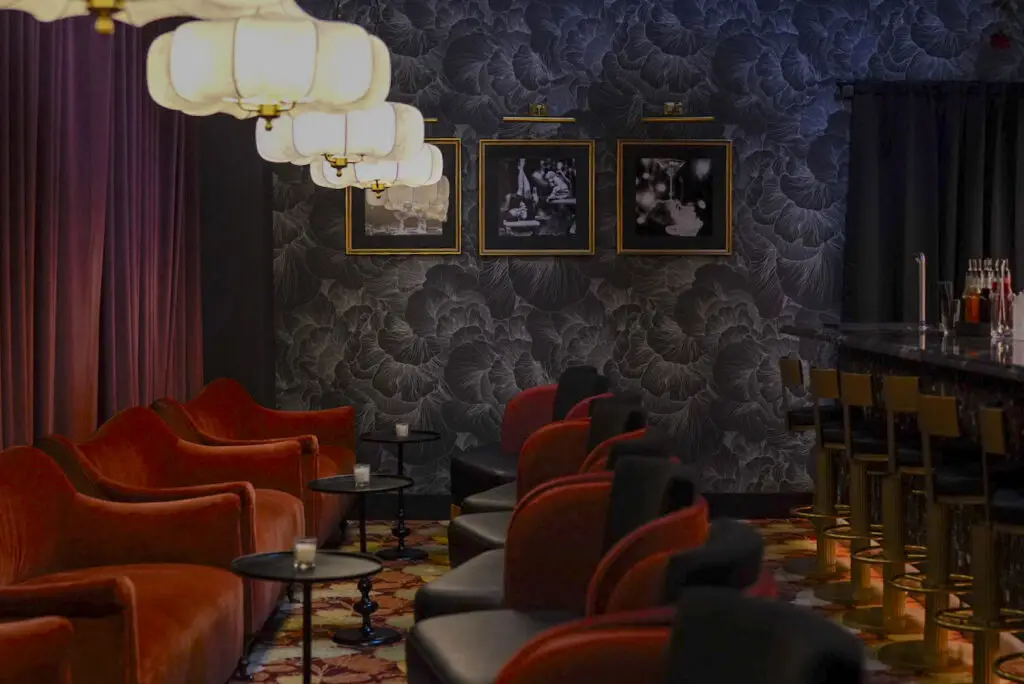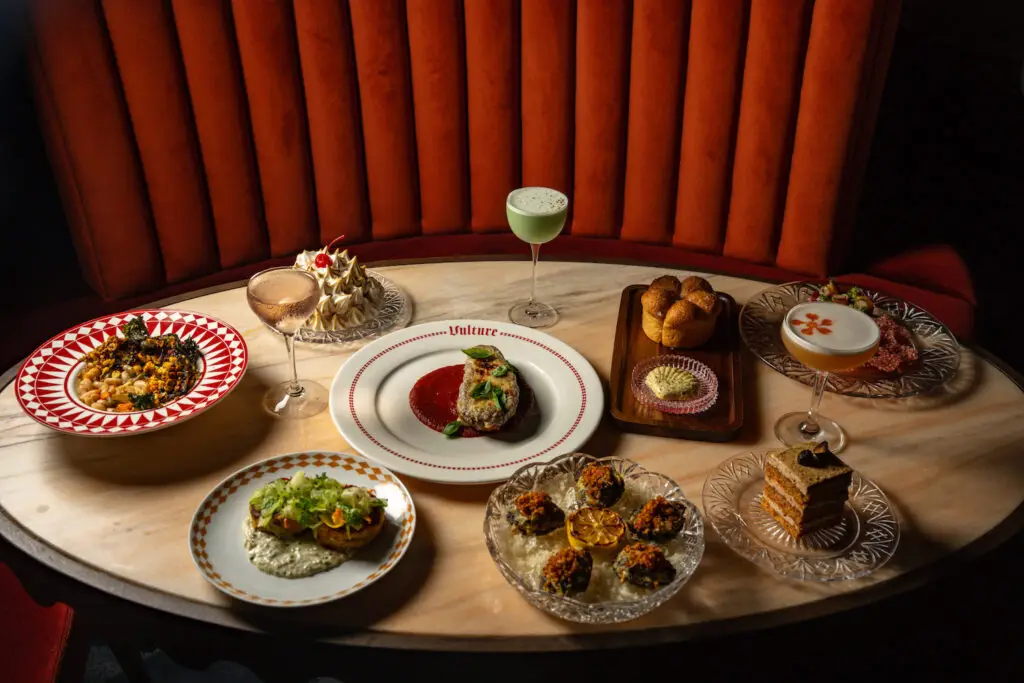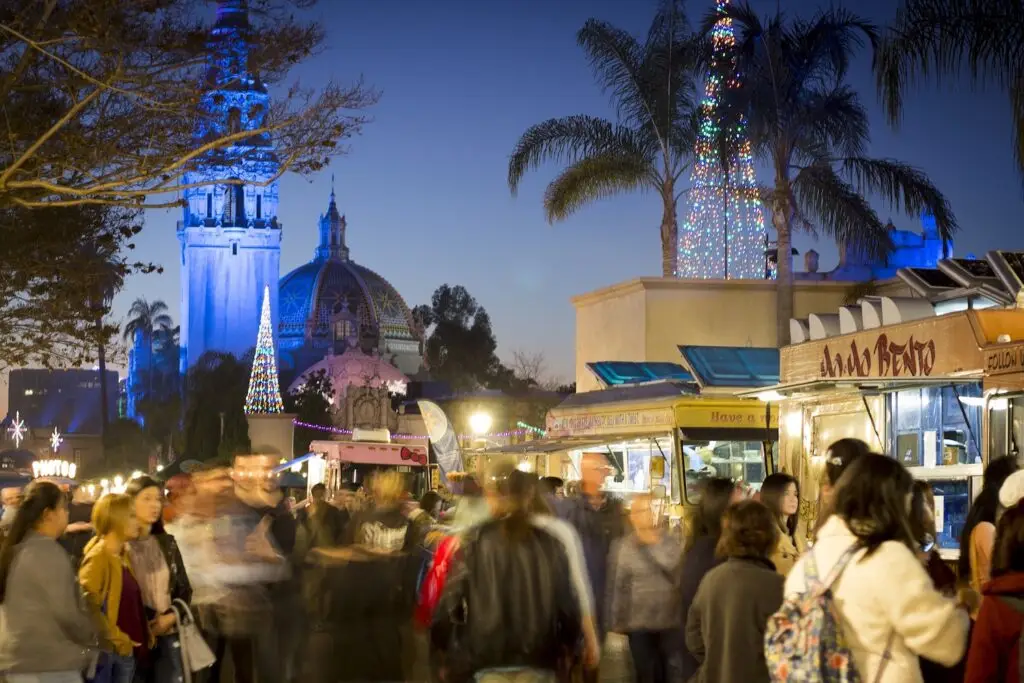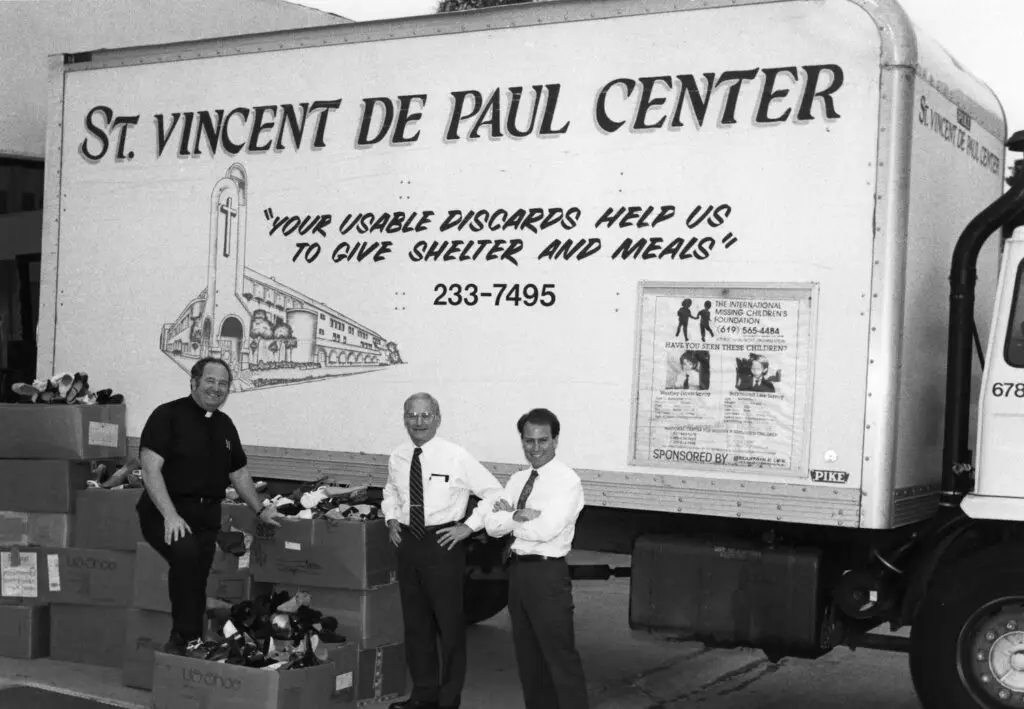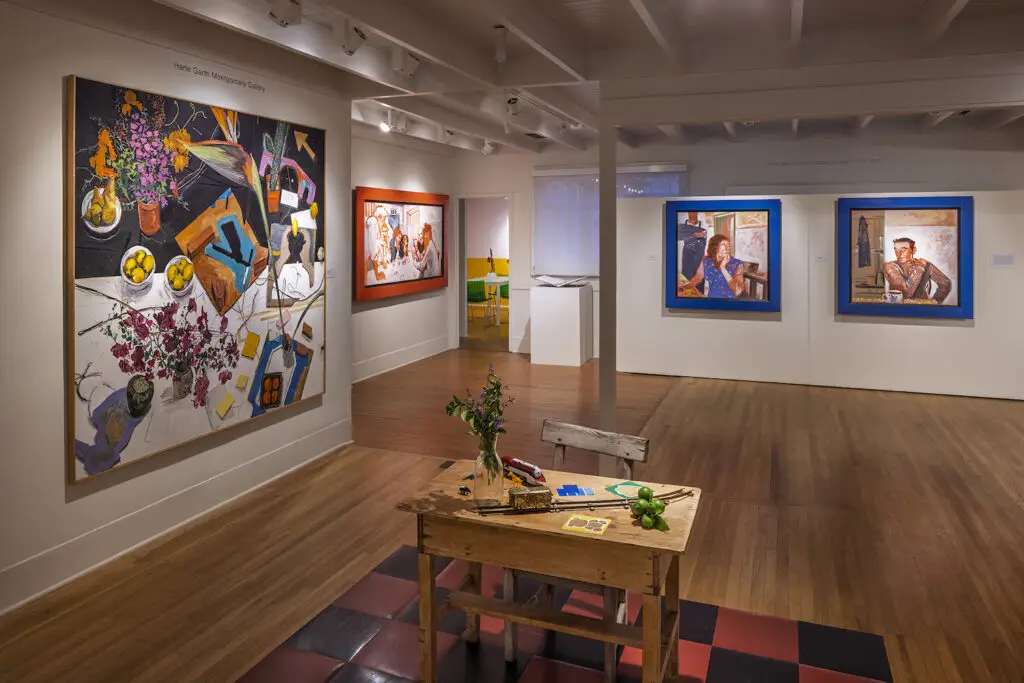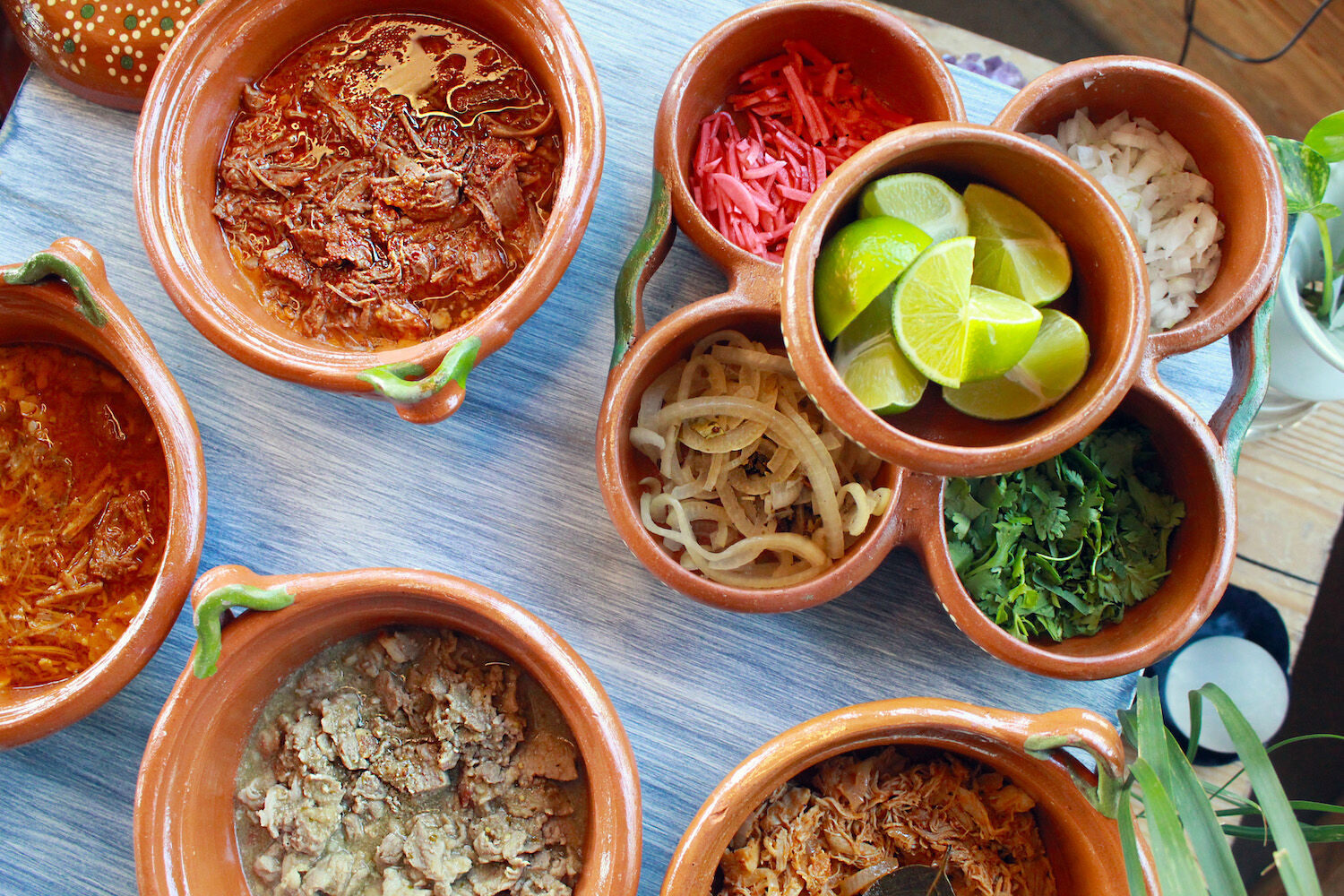
Nancy Contreras’ guisados at Quinta Luna Cafe
courtesy of Quinta Luna Cafe
For Nancy Contreras, owner and chef of Quinta Luna Café in Barrio Logan, cooking used to be an obligation. Now it’s a ceremony. The ritual has been a constant companion through moves across multiple Mexican states, life transitions, and to San Diego, which she now calls home. “After so many years of cooking for my kids, my family, it has really taught me that the most important ingredient when cooking is where your thoughts are, where your heart is, and transmitting that love through the food,” she says.
She began helping her mother in the kitchen as a child in Sinaloa, Mexico. “When I was in secondary school, my dad basically forced me to take culinary classes,” she says. She attended university in Guadalajara, the capital city of Jalisco state, where she enjoyed observing the cooking traditions of its little towns. Contreras’s paternal grandmother’s cooking also influenced her: She was from the southeastern Yucatán region, and part Mayan.
“I got married very young when I was living in Guadalajara,” Contreras says. “I cooked three times a day because that’s how we do it in Mexico—you cook for the husband.” From Guadalajara, they moved to Veracruz and spent seven years there. Eventually, she divorced and moved to San Diego in 2002 with her four children in tow.
This is why one will notice a number of regional guisados, or stewed dishes, on Quinta Luna’s menu. The guisados are as much a part of the regions that popularized them as they are a part of Contreras. Plus, the dishes complement the neighborhood’s existing offerings.
Quinta Luna’s slow-cooked pork cochinita pibil, which calls for achiote (also known as annatto), a bright orange-red spice typical in Yucatecan cuisine, is Contreras’s grandmother’s recipe. Tinga is popular throughout central and southern Mexico, including Jalisco. To this dish, Contreras adds a touch of cinnamon to a traditional recipe of tomatoes, chipotle chiles in adobo sauce, and onions. Birria—traditionally made with goat (though beef is common, especially in northern Mexico)—hails from Jalisco. Contreras adds ginger to a base recipe of chiles and spices, including oregano, cumin, and bay leaf.
Before Quinta Luna introduced a full menu, its original concept was a coffee cart. Contreras and her children served brews made with coffee beans from the states of Chiapas, Puebla, and Veracruz at community and private events. Before the coffee cart, importing and roasting coffee beans from Mexico was merely a hobby, something she dabbled in while she worked an unfulfilling corporate job in human resources. “Each region has its own personality, and I thought it was worth introducing to the people here,” she says. It was also an opportunity for her to try something completely different.
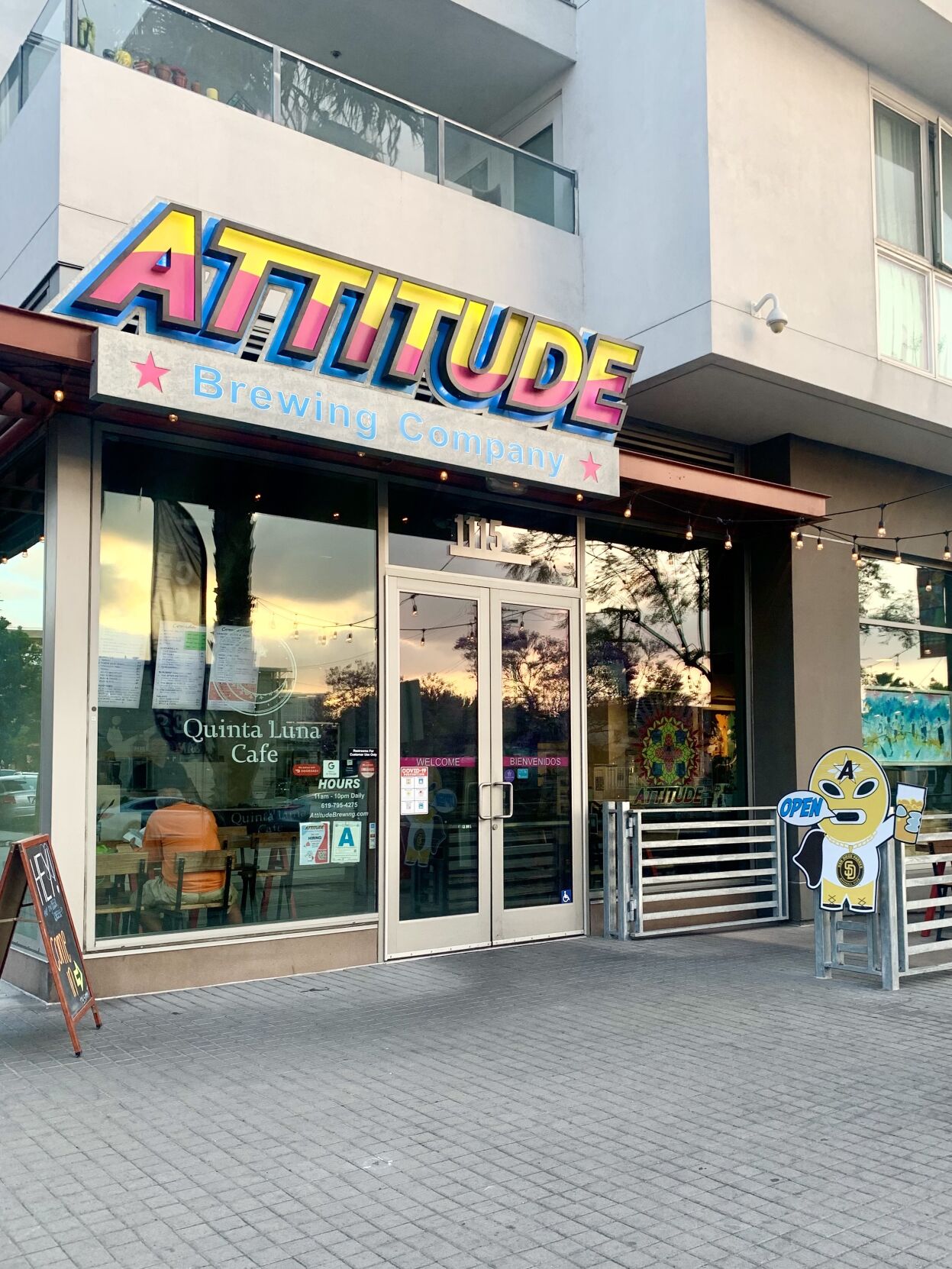
Quinta Luna Café opened earlier this year within Attitude Brewery
Ligaya Malones
But people who bought her coffee also wanted something to eat. Over time, the menu expanded to include food: a burrito here, a sandwich there, and now a restaurant serving coffee and smoothies, as well as breakfast, lunch, and dinner. The name Quinta Luna symbolizes her family: “I have four children, and I am the fifth moon.”
PARTNER CONTENT
Quinta Luna Café opened earlier this year within Attitude Brewery, where her son also works. Its original location operated within a medical clinic, where Contreras wasn’t allowed to put up any signage, making it difficult for patrons to find. In this new location, she hopes to expand Quinta Luna’s breakfast hours from 10 a.m. to 7 a.m. (where you can order molletes with your waffles). Social media marketing is also on the to-do list, but between managing the cadence of the café’s foot traffic and juggling multiple roles as a small-business owner, things like Instagram may have to wait. Until then, visit Contreras at 1985 National Avenue and peruse her homestyle Mexican cooking in person.
